What’s Up: Understanding Creator Economy

Prime Minister Narendra Modi hit bulls eye when he picked a lesser known, but potentially powerful, creator economy to bring new energy to achieve $5 trillion economy status.

Sajjad Bazaz
(straighttalkcommunication@gmail.com)
It was a shot in the arm of India’s entertainment and content creator industry, when the Prime Minister Narendra Modi in the 117th episode of famous Radio Programme, Mann Ki Baat, stated that the growing Creator Economy is bringing in a new energy to achieve the milestone of a 5 trillion dollar economy. He aspired to make India a hub of global content creation.
Here is what he said exactly: “Next year, for the first time, the World Audio Visual Entertainment Summit (WAVES) is going to be organized in our country. In the WAVES summit, giants from the media and entertainment industry and people from the creative world will come to India. This summit is an important step towards making India a hub of global content creation. When we are moving towards a 5 trillion dollar economy, our Creator Economy is bringing in new energy. I would urge the entire entertainment and creative industry of India – whether you are a young creator or an established artist, associated with Bollywood or regional cinema, a professional from the TV industry, an expert in animation, gaming or an innovator in entertainment technology – to be a part of the WAVES Summit.”
The prime minister actually brought this lesser known Creator Economy into the limelight and invited the attention of the general masses to this type of economy with a huge potential to contribute to achieve the $5 trillion economy goal.
Let me explain. Today, we live in a world marked by the digital revolution where almost all of us revolve around social media. Actually it was in the beginning of the year 2020 when the start of the COVID-19 pandemic forced us to remain indoors and most of us made extensive use of internet and social media platforms to beat the boredom brought to us by pandemic-induced lockdowns. During the course of time, among other things, the extensive social media engagement transformed individuals into content creators, where over a period of time, creativity became their currency and influence their power. This digital revolution empowered (and continues to empower) individuals to capitalize on their passions and earn profits through content creation. It is this mode of earning of individuals which is pooled as a Creator Economy.
Basically, when we talk of financial empowerment, it’s social media which has the power to fuel energy into individuals in financial terms. The social media channels like Facebook, YouTube, Instagram, etc. provide content creators to communicate directly with their viewers without banking upon any other support and build their audiences. Traditionally, it used to be hectic to be a creator as taking the content to the public domain was so hectic that very few those with sufficient resources were able to reach their target audiences. With the advent of advanced technology, the cyber space has expanded beyond our imagination and continues to expand allowing individuals to create their own niche in building their brand identity and enterprises through content creation and its distribution. In fact, the growing internet-driven media is emerging as a goldmine for individuals with skill to mint money according to their capacity. In fact, in the Creator Economy there is no limit in earning for an individual as there is no employer to put a cap on working hours.
This self-driven engagement of individuals to create jobs for themselves without banking on employers through content creation at the back of digital communication channels such as social media platforms has given rise to the Creator Economy.
Over a period of time, this Creator Economy has evolved as a model where different segments of individuals/creators, also called influencers, capitalize on the power of digital platforms to create content, engage with audiences, and monetize their creations.
Pertinently, the working of this model of economy involves content creation that resonates with audiences and encourages interaction. This content is published across various platforms like YouTube, Instagram, Facebook, podcasts, blogs etc. The monetization of the content is done through various modes such as generating revenue through advertisements, sponsorships, sales of products/services, digital subscriptions, donations etc. It’s of utmost importance that content creation matches the dynamics of the digital platform to be used to attract an audience and maximize the reach and revenue potential.
While executing this process in a most consistent manner, the creators guided automatically to foster relationships with their audience and create a sense of belonging. A creator engages with followers, seeks their feedback, and looks for opportunities to interact and collaborate with audience.
It is interesting to find the creator economy stimulating innovation by encouraging experimentation and inventing novel formats of content preparation and presentation. It promotes wealth distribution, economic growth, and has been an exciting source of job creation. With the advancement in digital technologies, which is the backbone of the creator economy, the content creators would be grazing on green pastures to make money and become significant contributors to the overall economic growth.
In nutshell, the Creator Economy is a type of economy that constantly evolves as it is driven by continued technological advancements, changing consumer behaviors, and platform dynamics. It is important for the creators to remain relevant and competitive in the given situation. They must stay informed about what is happening in the industry, be innovative in their ideas and content creation, and have sound monetization strategies.
There is a stream of stakeholders in this type of economy who are well aligned with each other in an organized manner. The key players include creators & influencers, digital platforms, brands & advertisers, agencies & management firms (acting as creators’ agents), creator tools and services (supporting creators in content creation, distribution, and monetization), investors & venture capitalists (they support innovation, flexibility, and market expansion through providing capital, strategic advice, and experience), regulators & policymakers (addressing matters including consumer protection, copyright infringement, data privacy, and disclosure of influencer marketing) etc.
Content consumers & fans form important stakeholders in the creator economy as they are into crucial activities such as promoting creators by consuming their content, engaging with their social media posts, attending live events, etc. They make or break the career of a content creator. It’s because of this level of stakeholders that creators are generating income and encouraging their community involvement.
Meanwhile, the growing creator economy has engaged scholars at academic institutions to study the effects of the creator economy on the overall economic health of the country and also analyze its impact on the society, culture, and technology.
Today, economic experts having an eye on this type of economy show their optimism about its growth. As stated in Deloitte’s Creator Economy in 3D report, the creator economy is now projected to be worth $250 billion. By 2030, India’s creator economy market is expected to boom to over $3.9 billion, growing at a rapid pace of 22% each year.
A venture capital firm SignalFire, states that about 50 million people, including artists, gaming streamers, video creators, podcasters, musicians, and social-media influencers, now consider themselves part of the creator economy. The firm calls this space “the fastest-growing type of small business.”
The size of the Creator Economy is big and growing quickly and a Google data estimates the market size of this economy to be $104.2 billion. The National Endowment for the Arts and the U.S. Bureau of Economic Analysis says it’s even bigger—estimating that arts and creative-culture jobs contribute more than $763.6 billion to the U.S. economy, more than agriculture or transportation.
To conclude, if one is into original content creating and typically using social media and other online channels to distribute it, one is a creator. While some may be doing content creation as an act of hobby, there are many others who do it with a purpose to monetize their content and get paid through ad revenue, brand partnerships, and other revenue streams. Video creators/streamers, social media influencers, podcasters, visual, musical and other artists fall into the well-known creator categories contributing significantly to the fast growing Creator Economy.
So, the time spent on social media, the frequency of posts, messages, stories & articles viewed/engaged, the number of communities & groups that we are part of, the number of online audio & video events we participated in is simply rising day by day. This way, wittingly or unwittingly, we are all driving the flow of the Creator Economy in upward levels. A time will come in future that our appetite for content creation for online distribution will grow to unprecedented levels and will keep us more into work with very little spells of rest. However, the best thing at the moment is that expanding Creator Economy means more jobs where people have opportunities to explore their talent and skill to reap the benefits of the digital revolution to carve out living at their own terms and conditions.
(The author is Editor-in-Chief, Straight Talk Communications. He is former Head of Corporate Communications & CSR Department and Internal Communications & Knowledge Management Department, J&K Bank)Prime Minister Narendra Modi hit bulls eye when he picked a lesser known, but potentially powerful, creator economy to bring new energy to achieve $5 trillion economy status.
Sajjad Bazaz
(straighttalkcommunications@gmail.com)
It was a shot in the arm of India’s entertainment and content creator industry, when the Prime Minister Narendra Modi in the 117th episode of famous Radio Programme, Mann Ki Baat, stated that the growing Creator Economy is bringing in a new energy to achieve the milestone of a 5 trillion dollar economy. He aspired to make India a hub of global content creation.
Here is what he said exactly: “Next year, for the first time, the World Audio Visual Entertainment Summit (WAVES) is going to be organized in our country. In the WAVES summit, giants from the media and entertainment industry and people from the creative world will come to India. This summit is an important step towards making India a hub of global content creation. When we are moving towards a 5 trillion dollar economy, our Creator Economy is bringing in new energy. I would urge the entire entertainment and creative industry of India – whether you are a young creator or an established artist, associated with Bollywood or regional cinema, a professional from the TV industry, an expert in animation, gaming or an innovator in entertainment technology – to be a part of the WAVES Summit.”
The prime minister actually brought this lesser known Creator Economy into the limelight and invited the attention of the general masses to this type of economy with a huge potential to contribute to achieve the $5 trillion economy goal.
Let me explain. Today, we live in a world marked by the digital revolution where almost all of us revolve around social media. Actually it was in the beginning of the year 2020 when the start of the COVID-19 pandemic forced us to remain indoors and most of us made extensive use of internet and social media platforms to beat the boredom brought to us by pandemic-induced lockdowns. During the course of time, among other things, the extensive social media engagement transformed individuals into content creators, where over a period of time, creativity became their currency and influence their power. This digital revolution empowered (and continues to empower) individuals to capitalize on their passions and earn profits through content creation. It is this mode of earning of individuals which is pooled as a Creator Economy.
Basically, when we talk of financial empowerment, it’s social media which has the power to fuel energy into individuals in financial terms. The social media channels like Facebook, YouTube, Instagram, etc. provide content creators to communicate directly with their viewers without banking upon any other support and build their audiences. Traditionally, it used to be hectic to be a creator as taking the content to the public domain was so hectic that very few those with sufficient resources were able to reach their target audiences. With the advent of advanced technology, the cyber space has expanded beyond our imagination and continues to expand allowing individuals to create their own niche in building their brand identity and enterprises through content creation and its distribution. In fact, the growing internet-driven media is emerging as a goldmine for individuals with skill to mint money according to their capacity. In fact, in the Creator Economy there is no limit in earning for an individual as there is no employer to put a cap on working hours.
This self-driven engagement of individuals to create jobs for themselves without banking on employers through content creation at the back of digital communication channels such as social media platforms has given rise to the Creator Economy.
Over a period of time, this Creator Economy has evolved as a model where different segments of individuals/creators, also called influencers, capitalize on the power of digital platforms to create content, engage with audiences, and monetize their creations.
Pertinently, the working of this model of economy involves content creation that resonates with audiences and encourages interaction. This content is published across various platforms like YouTube, Instagram, Facebook, podcasts, blogs etc. The monetization of the content is done through various modes such as generating revenue through advertisements, sponsorships, sales of products/services, digital subscriptions, donations etc. It’s of utmost importance that content creation matches the dynamics of the digital platform to be used to attract an audience and maximize the reach and revenue potential.
While executing this process in a most consistent manner, the creators guided automatically to foster relationships with their audience and create a sense of belonging. A creator engages with followers, seeks their feedback, and looks for opportunities to interact and collaborate with audience.
It is interesting to find the creator economy stimulating innovation by encouraging experimentation and inventing novel formats of content preparation and presentation. It promotes wealth distribution, economic growth, and has been an exciting source of job creation. With the advancement in digital technologies, which is the backbone of the creator economy, the content creators would be grazing on green pastures to make money and become significant contributors to the overall economic growth.
In nutshell, the Creator Economy is a type of economy that constantly evolves as it is driven by continued technological advancements, changing consumer behaviors, and platform dynamics. It is important for the creators to remain relevant and competitive in the given situation. They must stay informed about what is happening in the industry, be innovative in their ideas and content creation, and have sound monetization strategies.
There is a stream of stakeholders in this type of economy who are well aligned with each other in an organized manner. The key players include creators & influencers, digital platforms, brands & advertisers, agencies & management firms (acting as creators’ agents), creator tools and services (supporting creators in content creation, distribution, and monetization), investors & venture capitalists (they support innovation, flexibility, and market expansion through providing capital, strategic advice, and experience), regulators & policymakers (addressing matters including consumer protection, copyright infringement, data privacy, and disclosure of influencer marketing) etc.
Content consumers & fans form important stakeholders in the creator economy as they are into crucial activities such as promoting creators by consuming their content, engaging with their social media posts, attending live events, etc. They make or break the career of a content creator. It’s because of this level of stakeholders that creators are generating income and encouraging their community involvement.
Meanwhile, the growing creator economy has engaged scholars at academic institutions to study the effects of the creator economy on the overall economic health of the country and also analyze its impact on the society, culture, and technology.
Today, economic experts having an eye on this type of economy show their optimism about its growth. As stated in Deloitte’s Creator Economy in 3D report, the creator economy is now projected to be worth $250 billion. By 2030, India’s creator economy market is expected to boom to over $3.9 billion, growing at a rapid pace of 22% each year.
A venture capital firm SignalFire, states that about 50 million people, including artists, gaming streamers, video creators, podcasters, musicians, and social-media influencers, now consider themselves part of the creator economy. The firm calls this space “the fastest-growing type of small business.”
The size of the Creator Economy is big and growing quickly and a Google data estimates the market size of this economy to be $104.2 billion. The National Endowment for the Arts and the U.S. Bureau of Economic Analysis says it’s even bigger—estimating that arts and creative-culture jobs contribute more than $763.6 billion to the U.S. economy, more than agriculture or transportation.
To conclude, if one is into original content creating and typically using social media and other online channels to distribute it, one is a creator. While some may be doing content creation as an act of hobby, there are many others who do it with a purpose to monetize their content and get paid through ad revenue, brand partnerships, and other revenue streams. Video creators/streamers, social media influencers, podcasters, visual, musical and other artists fall into the well-known creator categories contributing significantly to the fast growing Creator Economy.
So, the time spent on social media, the frequency of posts, messages, stories & articles viewed/engaged, the number of communities & groups that we are part of, the number of online audio & video events we participated in is simply rising day by day. This way, wittingly or unwittingly, we are all driving the flow of the Creator Economy in upward levels. A time will come in future that our appetite for content creation for online distribution will grow to unprecedented levels and will keep us more into work with very little spells of rest. However, the best thing at the moment is that expanding Creator Economy means more jobs where people have opportunities to explore their talent and skill to reap the benefits of the digital revolution to carve out living at their own terms and conditions.
(The author is Editor-in-Chief, Straight Talk Communications. He is former Head of Corporate Communications & CSR Department and Internal Communications & Knowledge Management Department, J&K Bank)
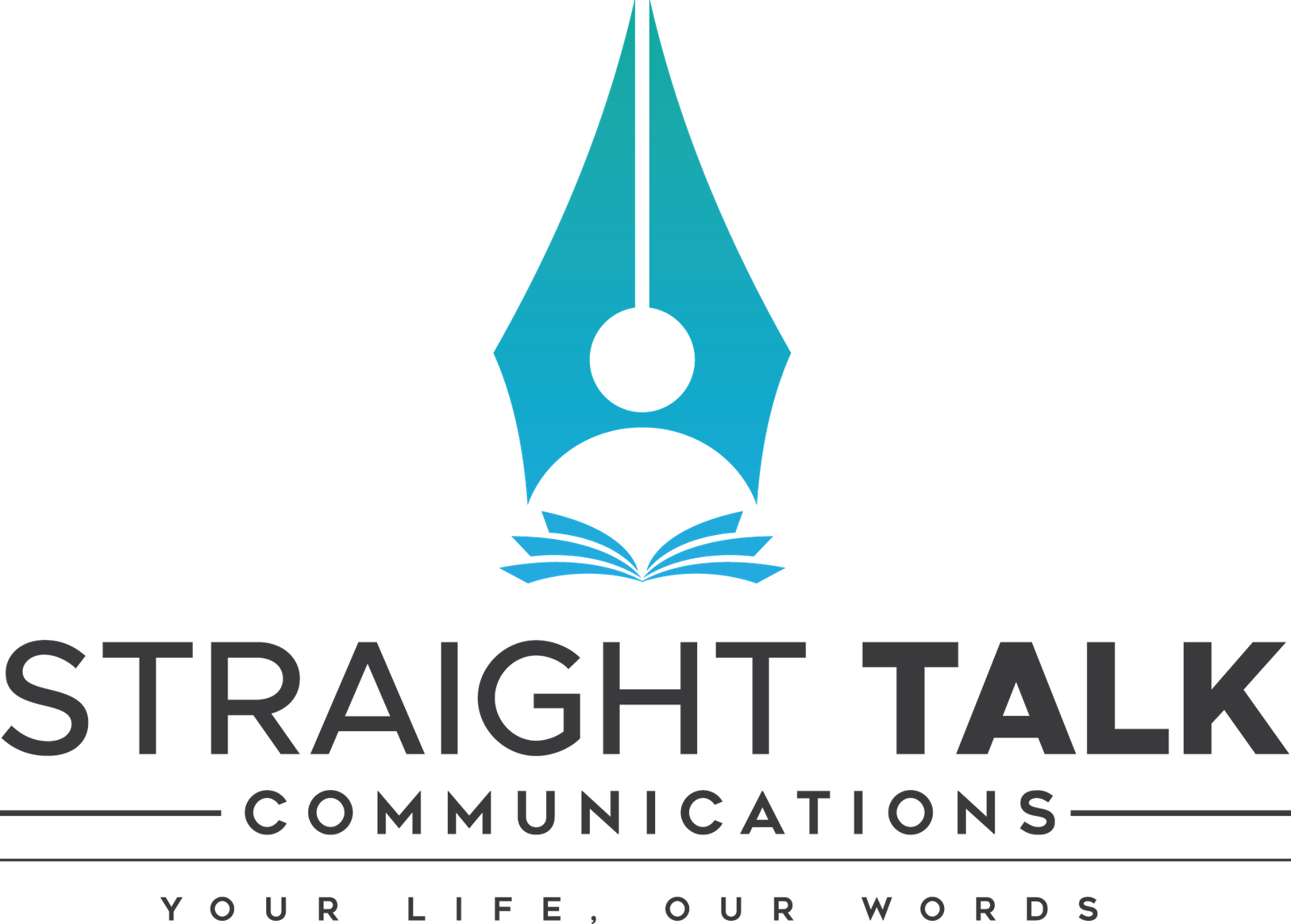

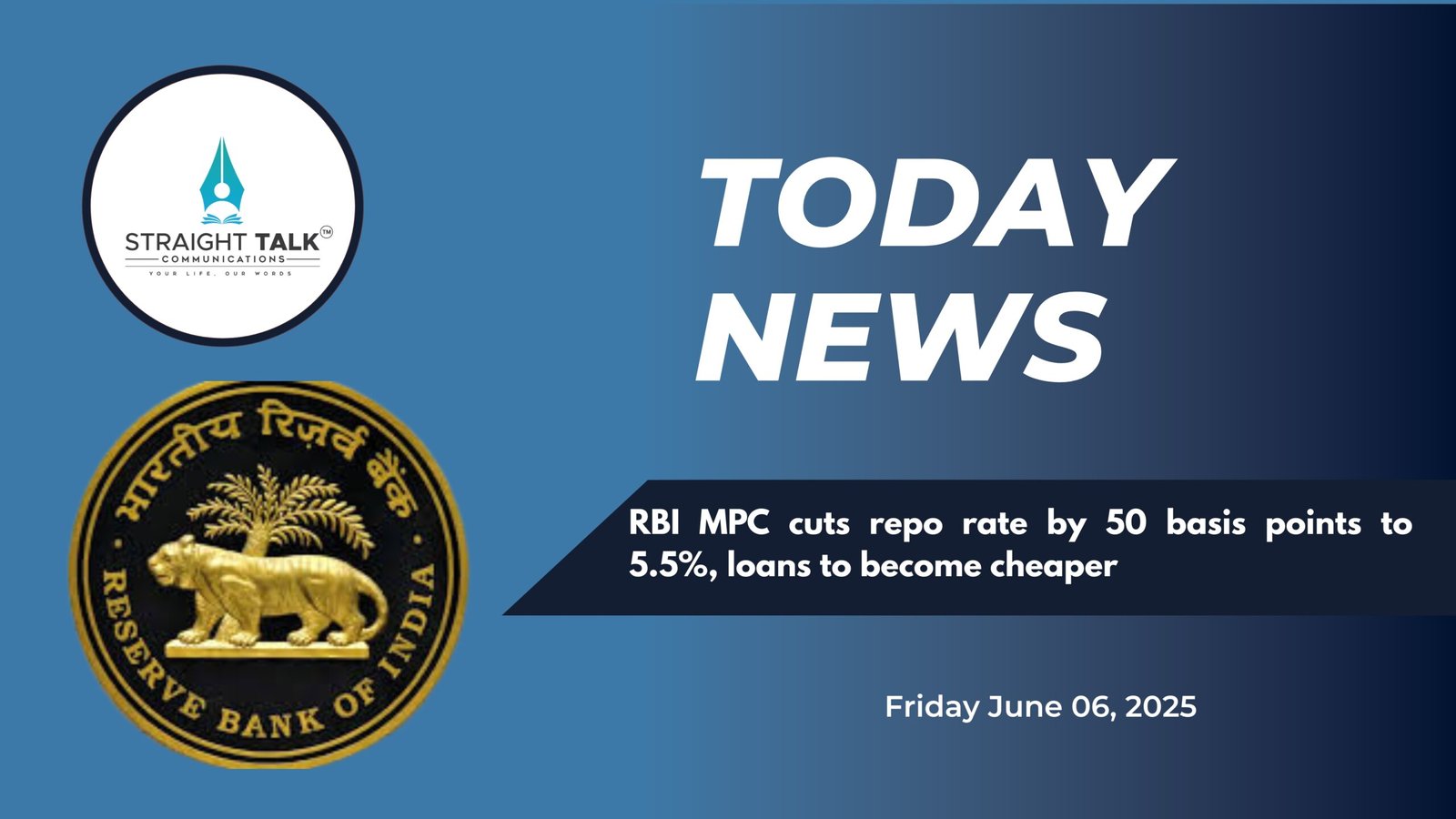
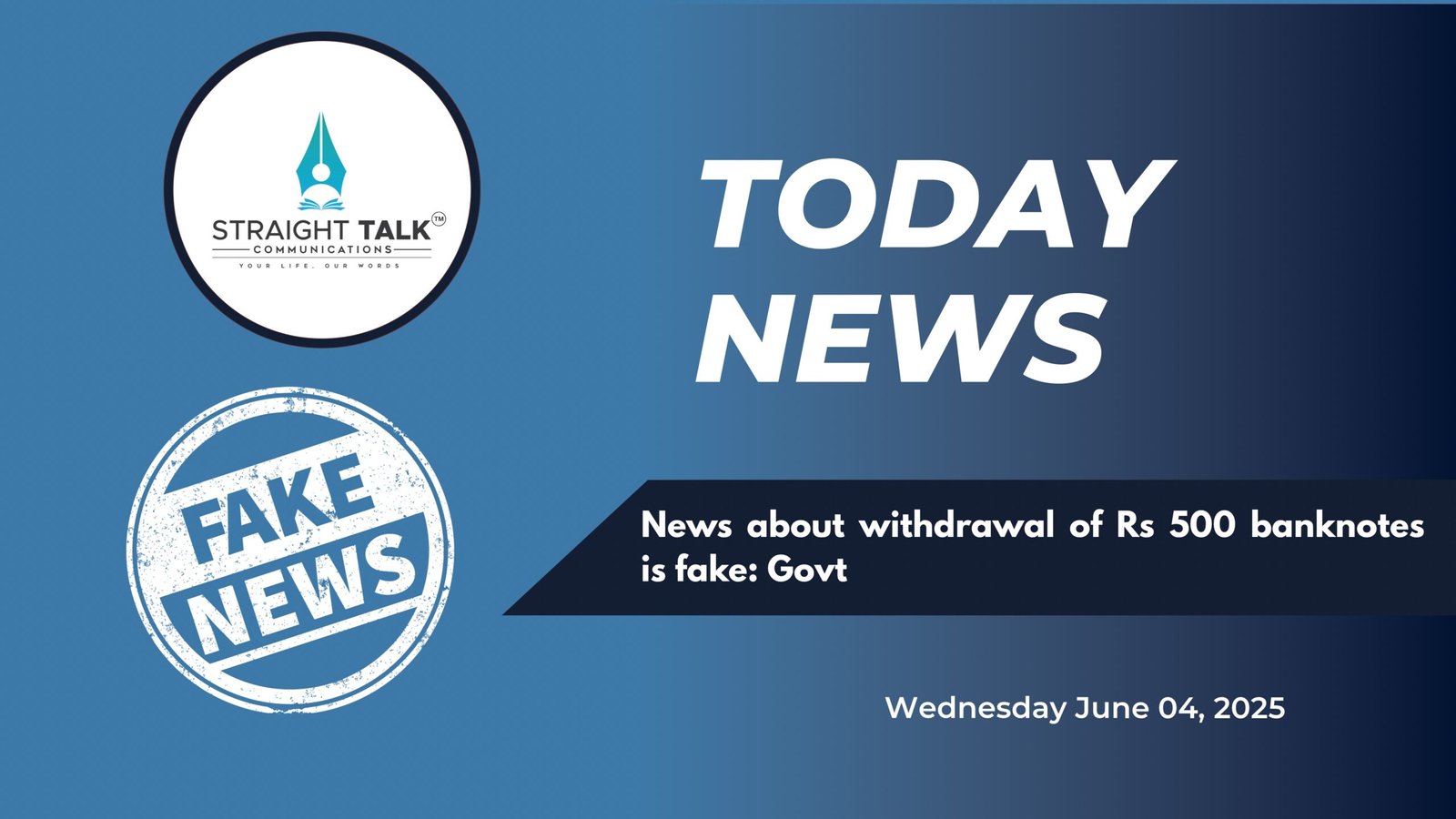


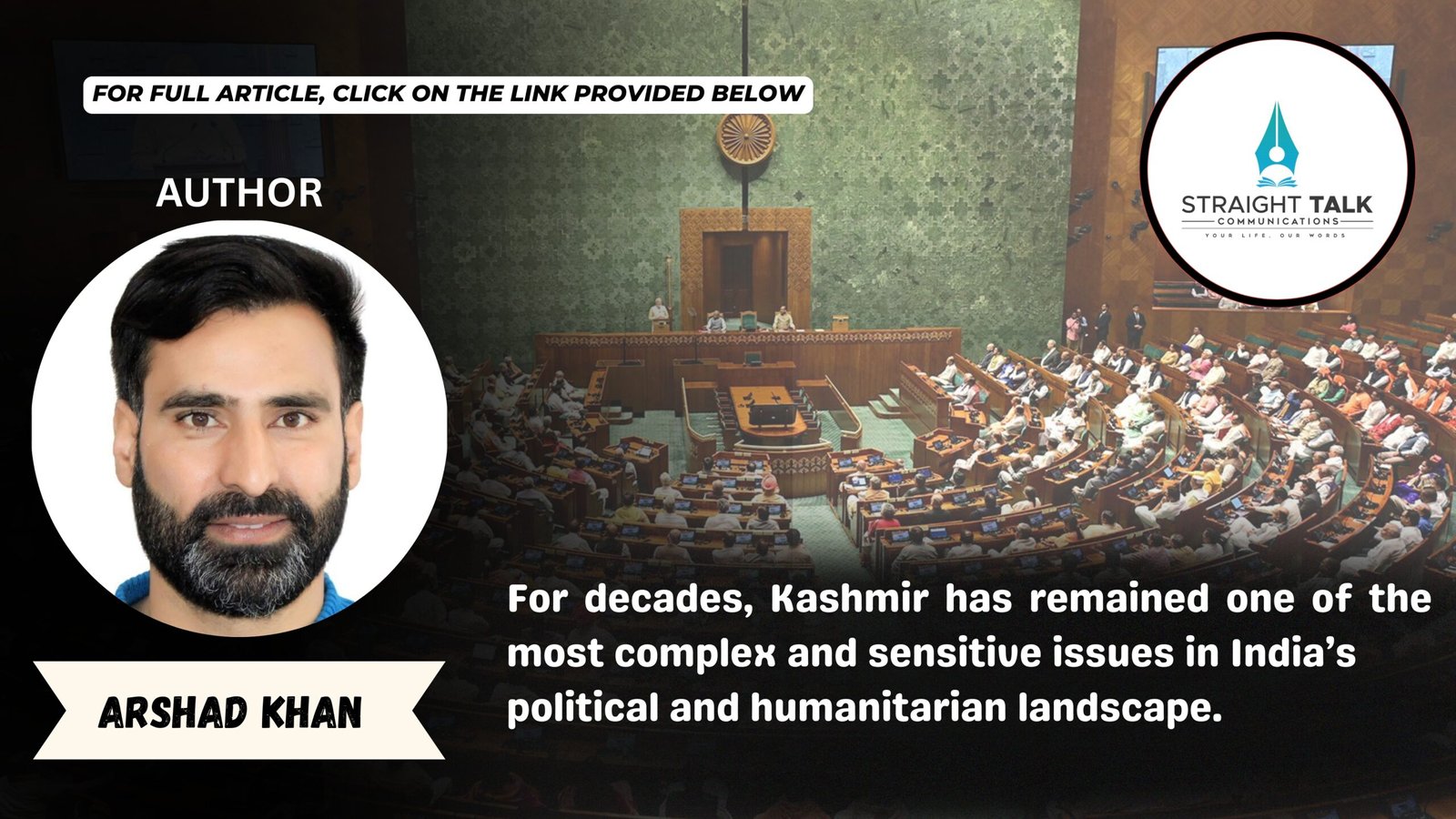
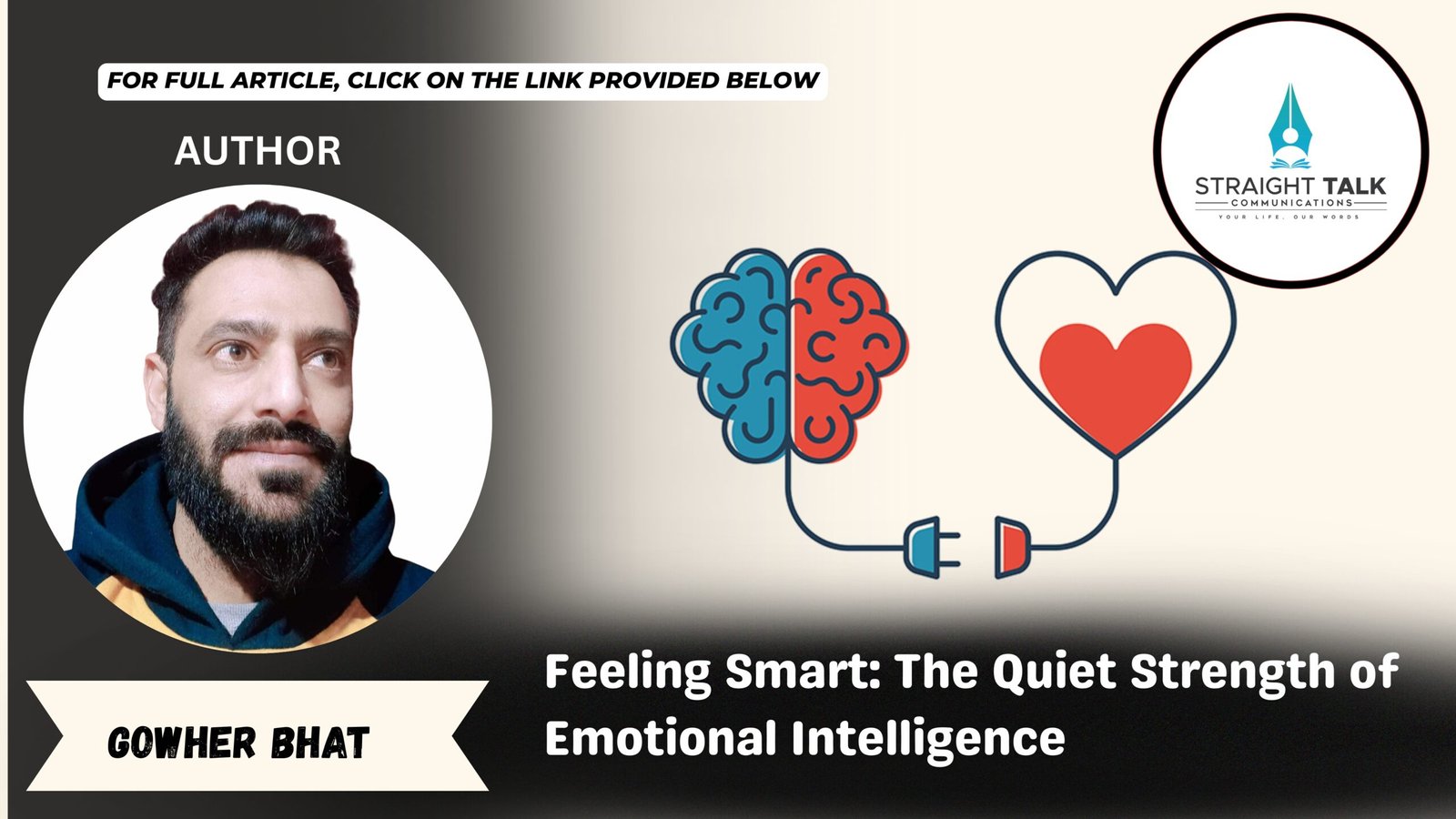
PM should understand that jobless growth is not going to do anything good for a common man. The people of this country need cash in hand, which is not happening. BJP and PM brag about free ration to huge majority of people,but fails to explain why do we need to provide free ration if economy is so good and on right track.The growth trajectory is not happening.
When I originally commented I appear to have clicked on the -Notify me when new comments are added- checkbox and now whenever a comment iss added I rescieve
fourr emails with the same comment. There has to be an easy method you are able to remove me from that service?
Appreciate it!
Look aat my web-site Article Forge Alternatives